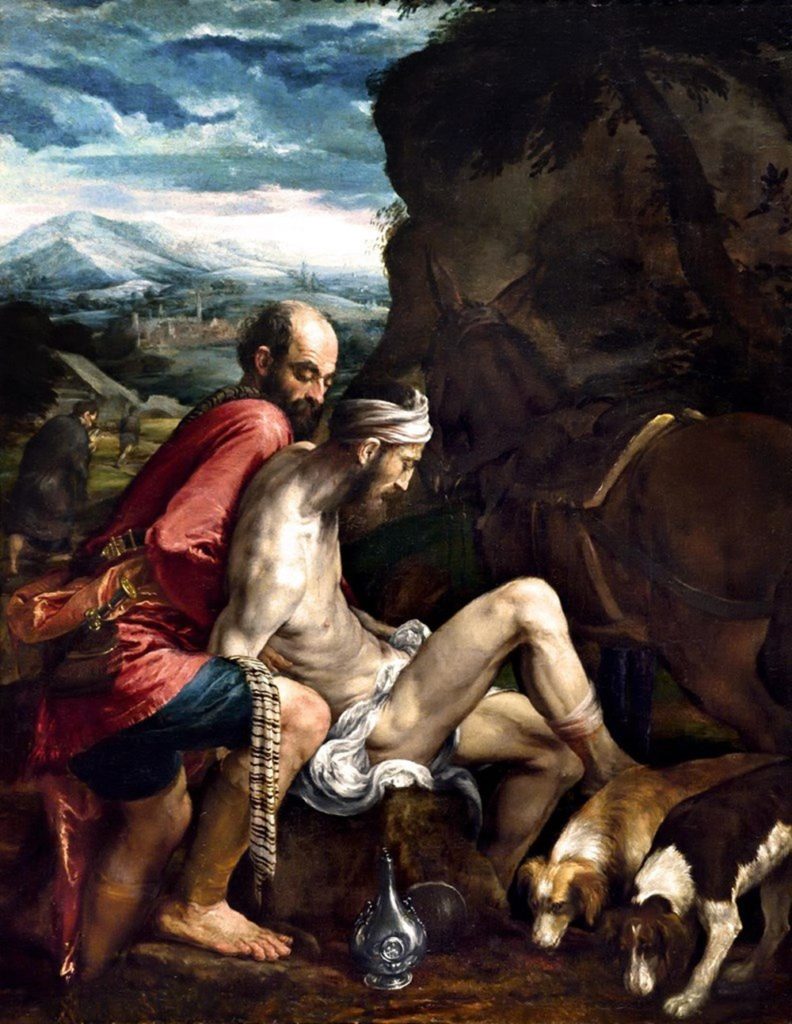
For those who are struggling with self-isolation, they might consider that this life has been the choice of many deeply spiritual people for millennia, such as Christian (cloistered nuns or) monks, who still live in monasteries around the world. (I highly recommend visiting them, particularly for a retreat.) Granted, a house full of noisy children and/or pets is hardly conducive to quiet reflection. However, one can adopt many of the monks’ daily habits. From what I could tell, their days are quite structured and oriented around prayer and productivity.
Quieting with Prayer
Praying is centering. If there is one thing I highly recommend practicing, and it does require practice, it is prayer. For those who struggle with it, as I did and still do, just to a lesser extent, I suggest having a prayer that you like, memorize it, and start praying regularly by reciting it. My “go-to” is The Lord’s Prayer. I have known it by heart since I was a child, and it is like the “comfort food” of prayers for me, deeply familiar, complete, and I can linger on each word as if Jesus were saying them with me. The Hail Mary is another familiar prayer.
Praying a rosary, which includes both of these prayers and some others, is another way to pray by recitation. Since the structure is laid out, one does not need to think about it. One might need to get used to moving through the rosary’s beads without looking, but it will come with practice.
Our own prayers, “free form” prayers, can be about anything. They are actually just one’s communication with an omniscient God, so there is no point in trying to hide anything. Just speak your heart, mind and soul to the Lord. Praying with scripture, which I would describe as mediating on the Word, is one of my favorite ways to pray. Catholics call it Lectio Divina. I actually made up my own style of it.
Quieting with Art
One of the things I used to do quite often was look at art, and I was reminded of how infrequently I do so now when I read this post. I used to even copy others’ drawings, which creates a certain intimacy between the original creator and the copier – you.
Your hand, temporally removed, tries to trace outlines that originated in their minds, which could be some of the greatest there ever were, before making it onto their canvas or other material. It is not just an artistic exercise but also a spiritual one that connects us to ancient friends and to a past to which we should always try to belong. It is our collective history, our memory of some of the best aspects of being human: the true, the good, and the beautiful.
As an example, the story of the Good Samaritan can be rendered in a myriad of ways, and whichever way the artist chooses provides insight into the person while also, hopefully, illuminating the Way. Biblical art is really an artistic rendering of the Word without words.
Quiet Unity
I could tell you that the Good Samaritan is a story about prejudice and compassion, or you could gaze upon the image of a man struggling to lift another helpless, vulnerable man and wonder why did he do it. Why did he help someone he was taught to hate and who was taught to hate him? The artist chose to depict the physicality of the moment, which heightens the solitude of both men, the difficulty of a sole man to lift another, and simultaneously their unity.
One could describe the art of quieting a disquieted mind as finding unity in solitude. It is the art of binding our fragmented mind, weary with worry, distracted with stress, with the rest of our being, and bringing our entire being into a quiet state of unity with our creator.
The inspiration for this post: Oakley (2020)

